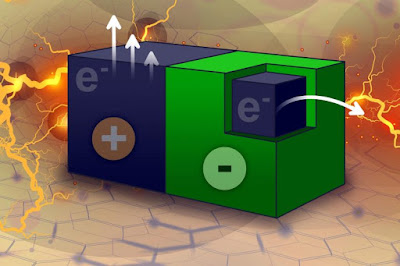New Battery to Power eVTOLs

Revolutionary New Battery Source: Prototype e-VTOL Energy Dense, Rapid Recharge, Burst of Power Engineers at Penn State University have designed a battery prototype that they say is capable of powering flying cars. The battery is specifically designed for e-VTOLs which take off and land vertically like a helicopter. The battery has to deliver a lot of power very quickly to get a flying car off the ground. The vehicles also require high energy density to keep flying. And, the recharge needs to be quick because the main use of e-VTOLs is expected to be as flying taxis for commuters with frequent takeoffs and landings. The Penn State team says their breakthrough battery can accomplish all of those requirements. Prototype Successfully Tested The Penn State team has successfully...















